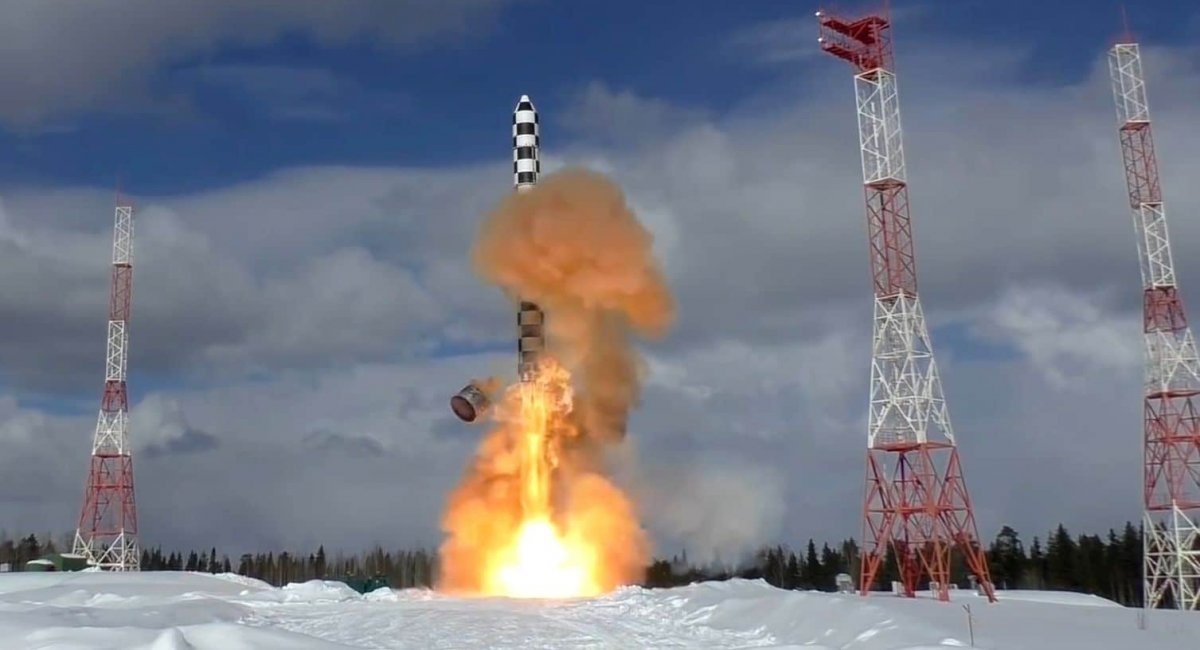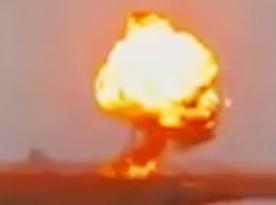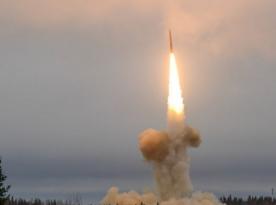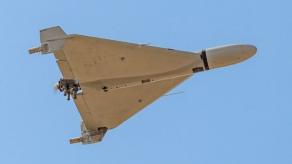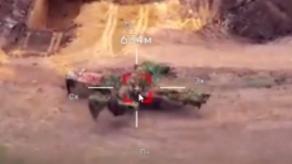Once again, russian dictator vladimir putin has declared that the heavy silo-based RS-28 Sarmat will "soon enter combat duty." This time, he made the statement before wounded russian soldiers at the Central Military Hospital of the Ministry of Defense. The key phrase here is "once again" — putin has been making the same claim since 2020.
In February 2024, during his address to the so-called Federal Assembly, the Kremlin leader said that "Sarmat will soon be demonstrated in its deployment areas on combat duty."
Read more: putin Declares Readiness of Sarmat Intercontinental Ballistic Missiles, New Wunderwaffe Not Named
In June 2023, while speaking to graduates of military academies, he claimed that "Sarmat systems will enter combat duty in the near future."
By September of that year, Roscosmos head Yury Borisov went even further, asserting that the missile was already deployed.

In 2022, Putin refrained from making such statements himself, but in May, then–Roscosmos chief Dmitry rogozin promised that "nearly fifty Sarmats" would soon enter service. Earlier, in April 2021, during yet another address to the Federal Assembly, putin stated that by the end of 2022, "an entire regiment armed with Sarmat missiles would be placed on combat duty."
russian propaganda, of course, ignores these endless repetitions. Instead, it has managed to convince the public that the Sarmat, with its claimed 18,000 km range, can hit the United States from the South Pole — apparently because the country has run out of rulers and globes.
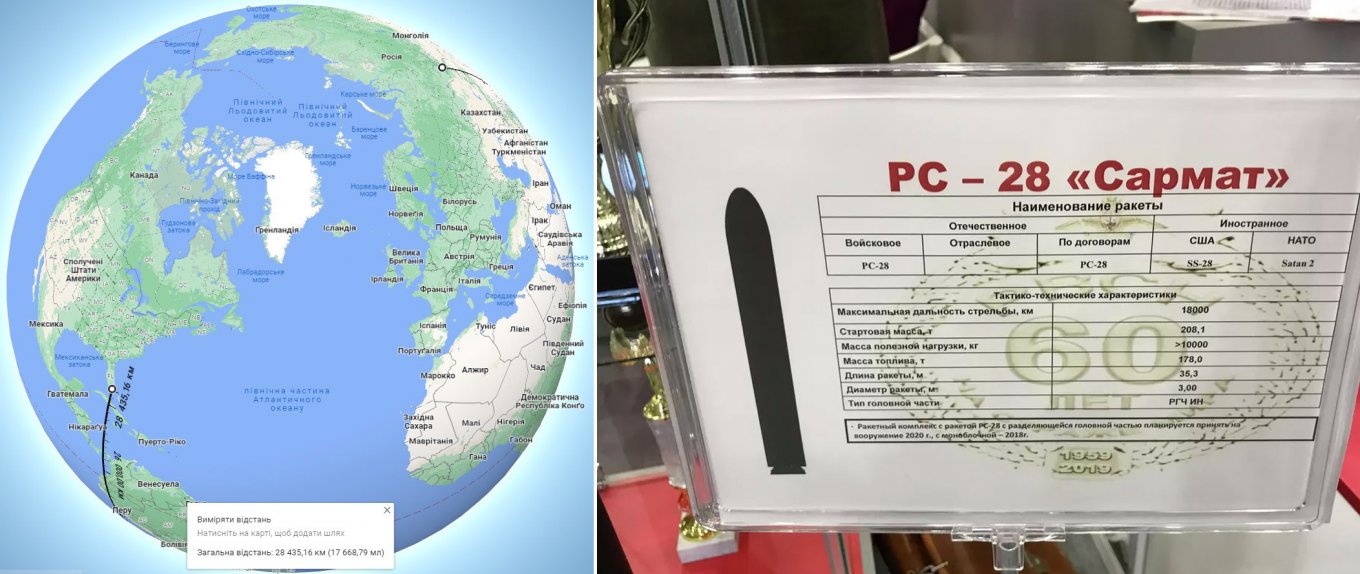
Reality, however, is far simpler. On September 21, 2024, during a test launch — likely only the third in the missile’s history — the RS-28 Sarmat reportedly exploded inside its silo. Officially, the missile has conducted only one full-scale successful launch, which took place on April 20, 2022.
During the Soviet era, there was a strict rule: before an intercontinental missile could be officially accepted for service, it had to complete ten consecutive successful test launches. That's why testing of the Bulava submarine-launched missile took twelve years.
Ultimately, the Kremlin's yearly promises that the Sarmat, developed since the early 2010s (if not earlier), will "soon enter combat duty" change nothing.
It's worth remembering that the missile itself is merely a modernized version of the R-36M2 Voevoda, originally developed and produced in Dnipro, Ukraine.
Read more: Russia Suffers Setbacks in Strategic Nuclear Forces Modernization, Unsuccessful Tests of Yars, Bulava and Sarmat Missiles Raise Concerns




